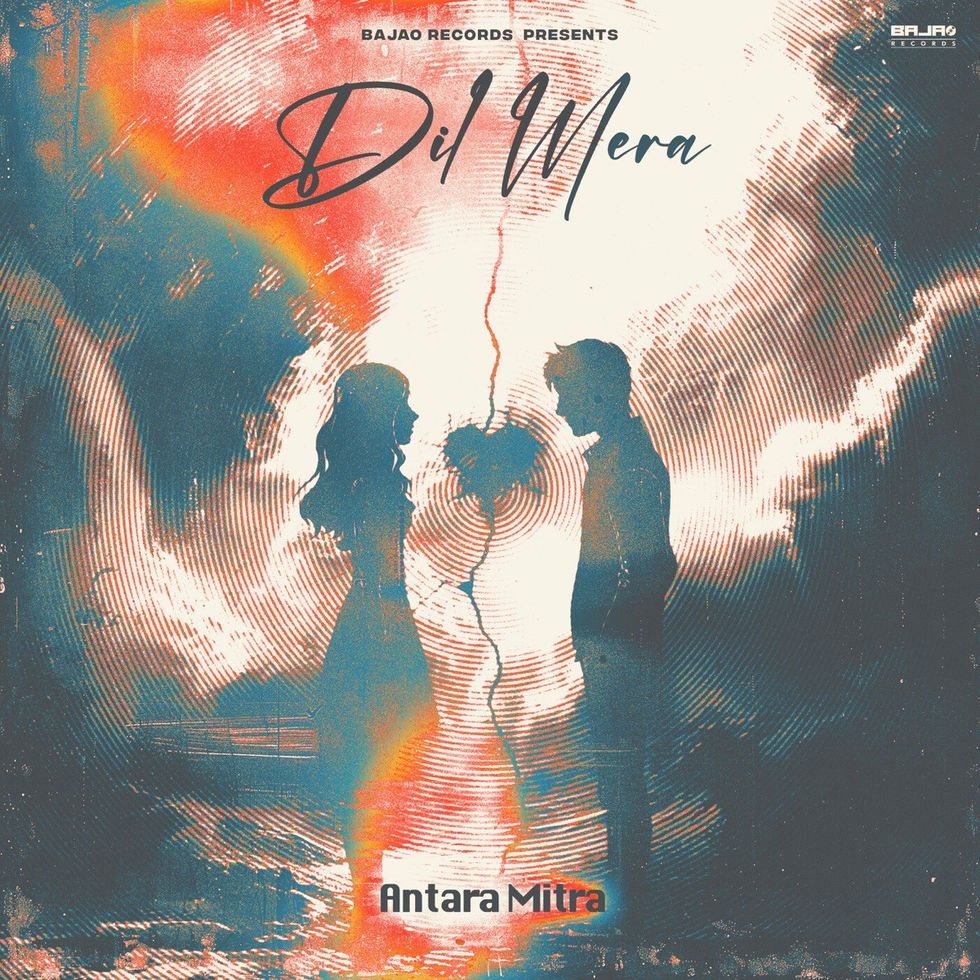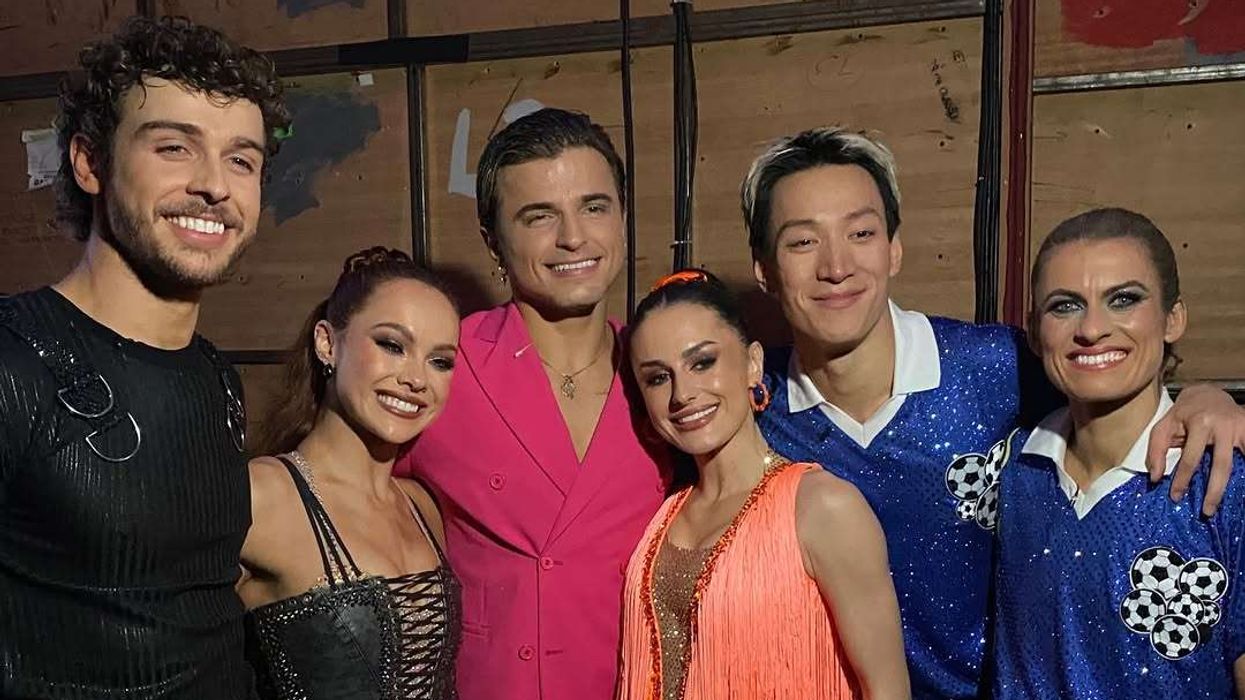IT WAS perhaps inevitable that popular Indian playback singer Antara Mitra would pursue a career in music.
Growing up in Maslandapur, a small town near Kolkata in east India, her earliest memories are connected to music because of her father.
“The very first thing that connected me to music is my father. He's a music teacher and runs a music academy. So, he's the one who introduced me to music,” recalled Mitra.
That early learning from her music maestro father pushed Mitra towards a professional singing career filled with hits, including record-breaking Bengali song Baby Jaan, much loved Bollywood track Gerua and the massively popular Kesariya from Brahmastra.
Mitra is grateful for her journey so far and said: “My journey as a singer has been very fortunate and filled with blessings. I never expected music to become my profession. I always saw it as a strong passion. I'm thankful to god that it's now my profession, too.”
The in-demand singer first came to prominence as a fresh-faced hopeful on Indian Idol 2. Although she didn’t win the popular reality TV show, she finished in the top five and that inspired her to move to Mumbai and pursue a professional career.
She fondly reflected on her Indian Idol stint and recalled: “My memories of Indian Idol are very fuzzy, because what was happening at that time was so unbelievable and strange that I can't really describe it. Looking back, all I remember is a girl from a small village who wanted to sing on a reality show and ended up in the top five. The whole story seems unreal and strange to me.”
Mitra moved to Mumbai and took part in music reality show Junoon – Kuchh Kar Dikhaane Ka. Although she didn’t win, it gave the hardworking singer further confidence to pursue her lifelong singing dream.
Her talent was quickly recognised by top music directors. She sang for high-profile films such as Jab We Met, Raajneeti, Golmaal 3, Dil Toh Baccha Hai Ji and R…Rajkumar.
Mitra got her global breakthrough with 2015 Bollywood blockbuster Dilwale.
Her duets with Arijit Singh - Gerua and Janam Janam - became global hits.
She said, “I've had the privilege of singing some incredible duets, and each collaboration has been unique and memorable in its own way. However, the duets I particularly enjoyed were Gerua and Janam Janam with Arijit Singh. It was a fantastic experience blending our voices and emotions to create beautiful musical moments.”
Mitra has since done many memorable collaborations in different languages with A-list singers and top music directors.

“Collaborating with talented artists brings a special energy and creativity to the studio, and I cherish every opportunity to harmonise and connect with fellow musicians through music,” she said.
Despite several hit songs, the naturally gifted singer confessed that one remains close to her heart. “Out of all the songs I've sung, Dil Hi Toh Hai, written by Gulzar, is very special to me,” she revealed.
Asked if she was surprised by the success of any of her songs, Mitra said, “When Saree Ke Fall Sa (R…Rajkumar) became a big hit, I was surprised – because, initially, I didn't think the line ‘saree ke falsa’ would make sense to people. This particular line wouldn't translate well or be understood. But surprisingly, people did understand what it meant.”
Mitra’s repertoire of film songs also includes singles, and she adopts a different approach, depending on the genre.
“Yes, my approach varies between film songs and standalone singles. For film songs, I focus on portraying the emotions and narrative of a specific character or storyline, collaborating closely with the composer and director to achieve the desired cinematic impact.
“Standalone singles provide me with creative freedom to explore diverse themes and musical styles that resonate with me personally, (and I) often collaborate with other artists to create unique and engaging music. Both formats allow me to showcase different aspects of my artistry and I'm grateful for it.”
Mitra’s recently released romantic number Dil Mera, captures the painful story of betrayed love.
It was released on the music label, Bajao Records, founded by popular singer Kanika Kapoor. Mitra said about Dil Mera, “The inspiration came from a deeply personal experience or emotion that resonated with me. Collaborating with talented composers and lyricists also played a significant role in shaping the song, as we worked together to bring our creative visions to life.”
Although she does dance numbers well, Mitra is at her best with heartfelt, slower numbers. She said, “I try to connect deeply with the lyrics and story of the song. This helps me bring genuine emotion into my voice. It's all about feeling the music and letting those emotions flow naturally when I sing.”
Not surprisingly, Mitra has also made a name for herself on the live circuit and regularly enthrals audiences with her performances on stage.
“Live performances allow me to connect directly with my audience. It's an amazing feeling to see and feel their reactions in real time. It's always an unforgettable experience,” she said.
Mitra wants to carry on singing a wide variety of songs in diverse languages.
She added, “If I could master something new in music, I would love to delve deeper into the intricacies of music production and arrangement. Understanding the technical aspects of sound engineering, mixing, and mastering would not only enhance my overall understanding of music, but also allow me to have greater creative control over my recordings.”
The popular music star revealed the late legendary singer, Lata Mangeshkar, was her greatest music hero. “She has been an icon in the Indian music industry for decades, known for her unparalleled voice, versatility, and timeless melodies. Lataji's dedication to her craft, impeccable singing technique, and ability to convey deep emotions through her songs have always inspired me. She has set a benchmark in playback singing that few can match, and her influence on generations of singers, including myself, is profound.”
Instagram: @antaramitraofficial












